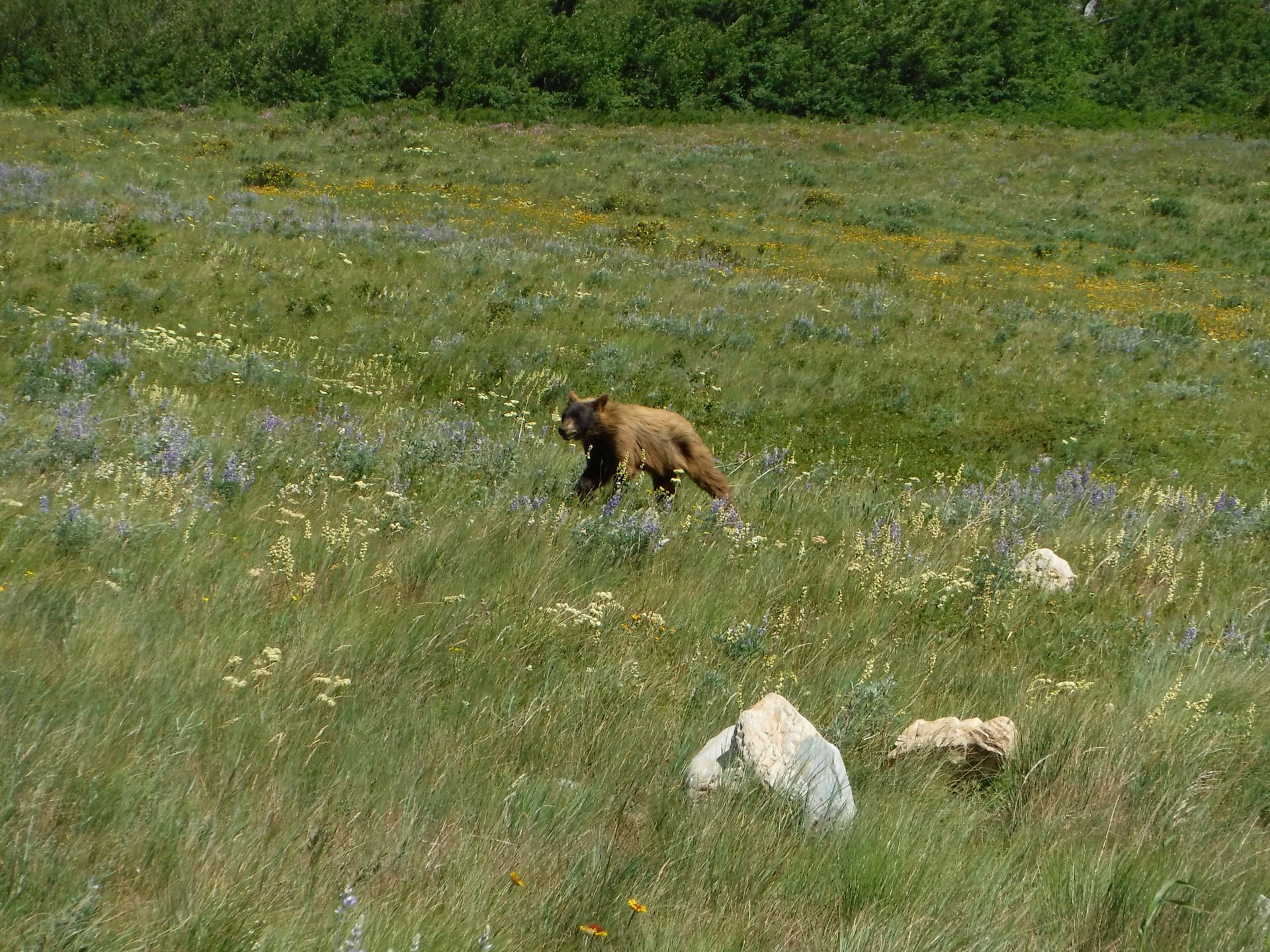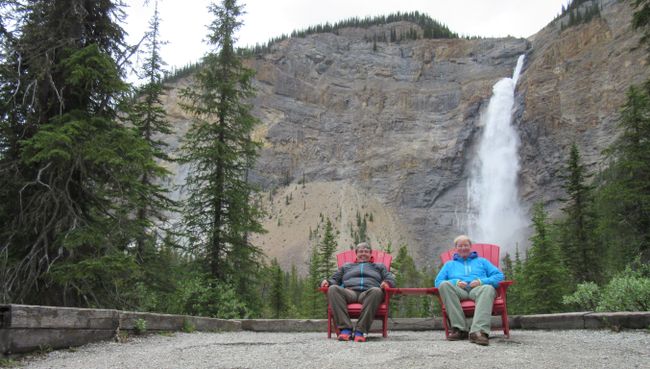Badlands - the bad land
Published: 15.05.2018
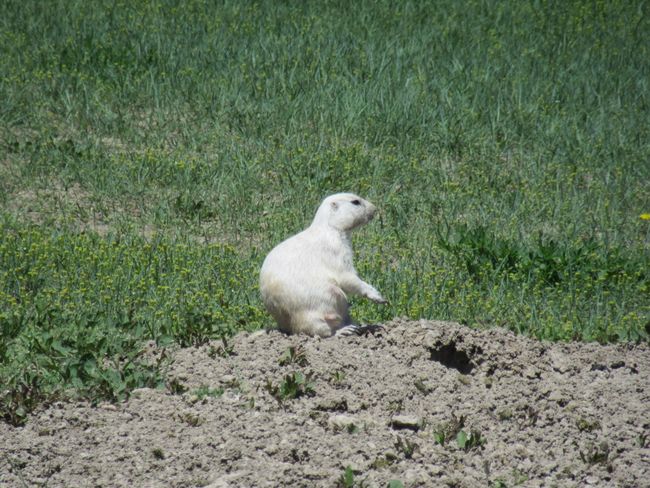
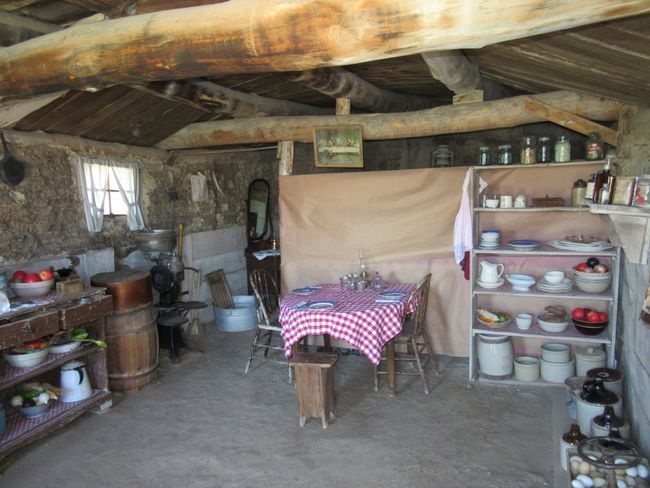
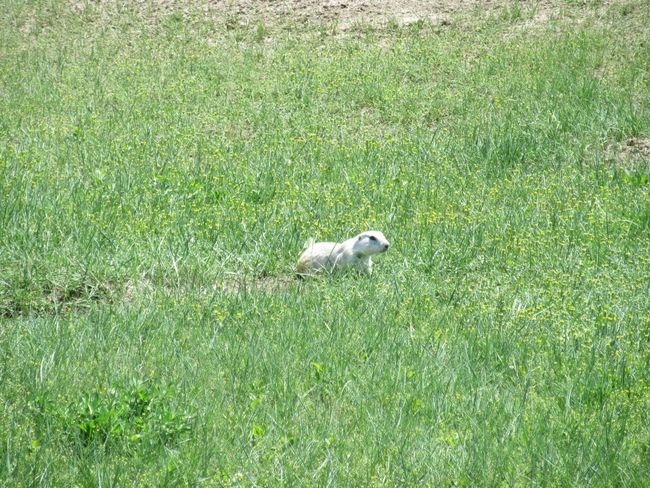
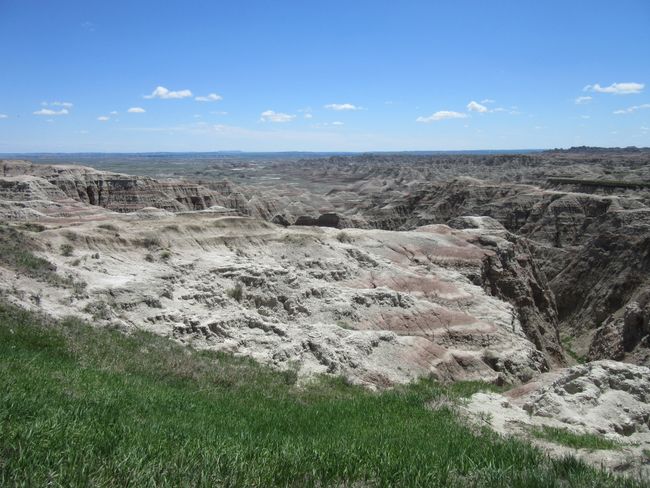
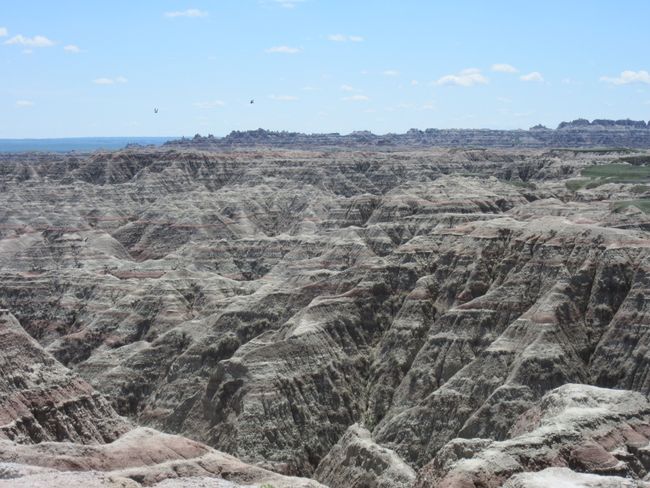
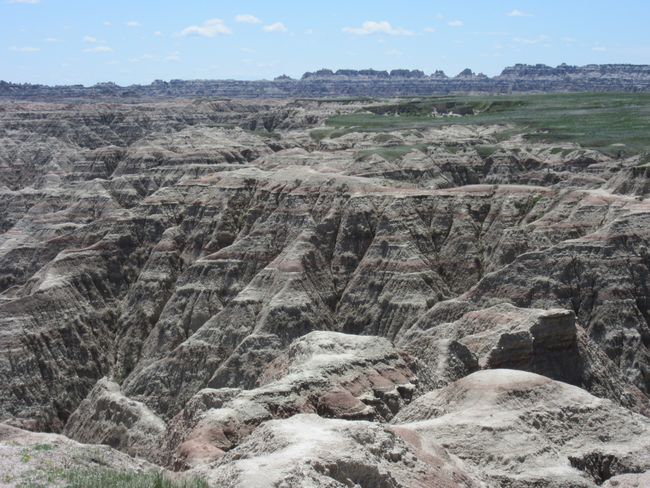
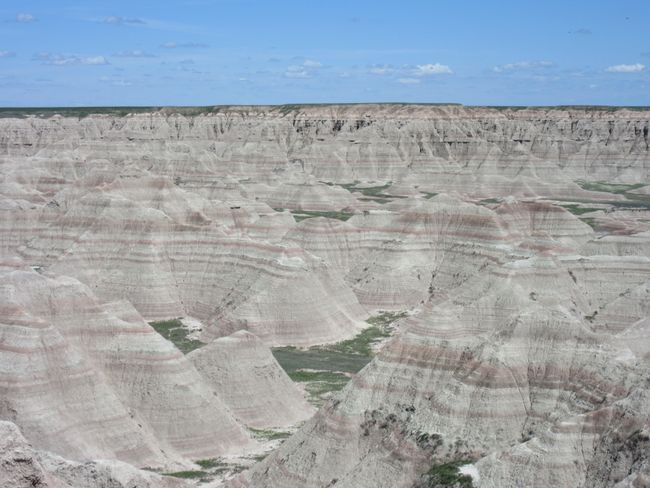
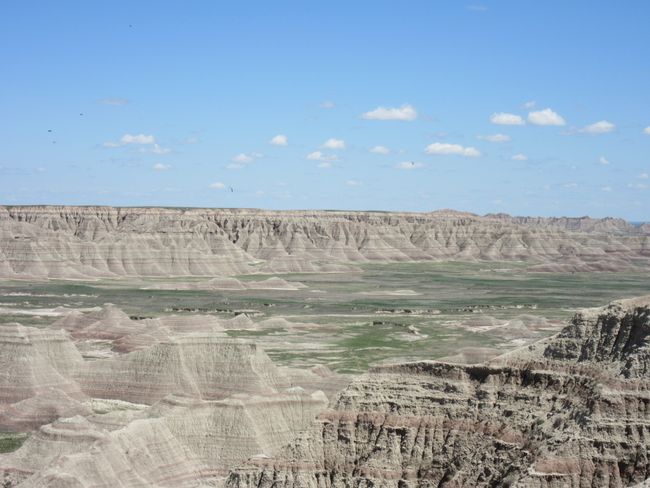
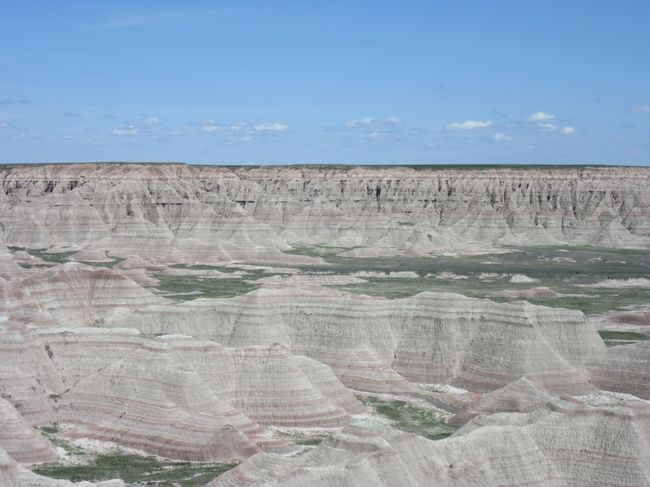
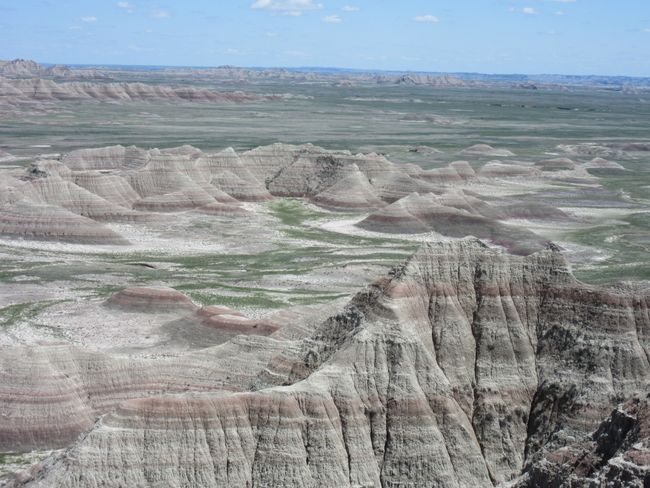
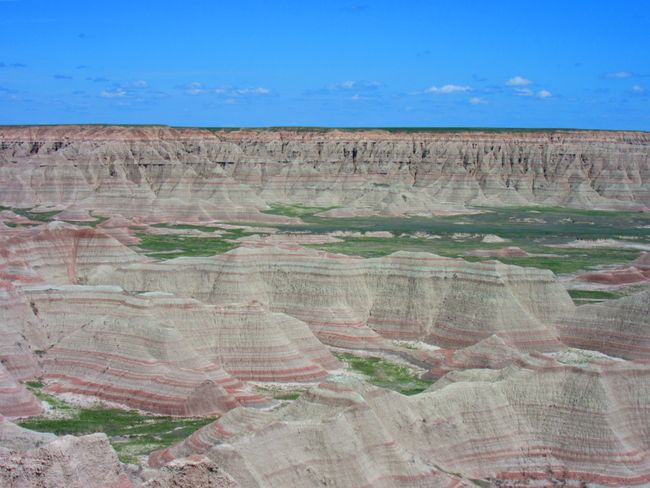
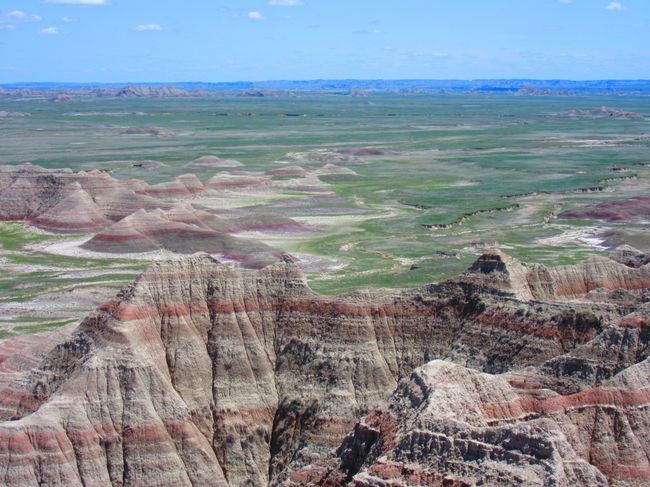
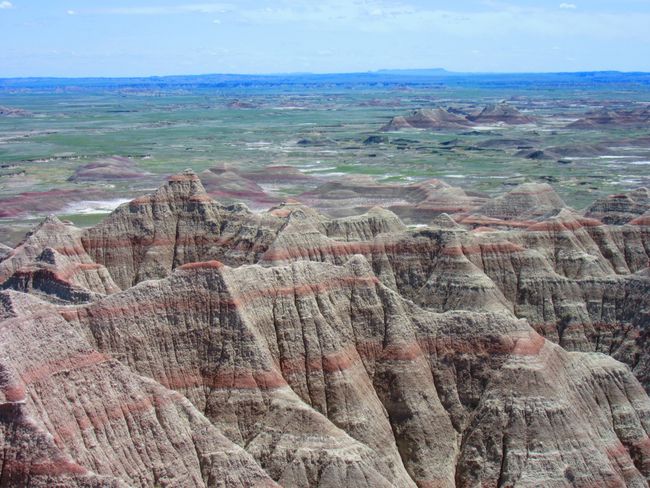
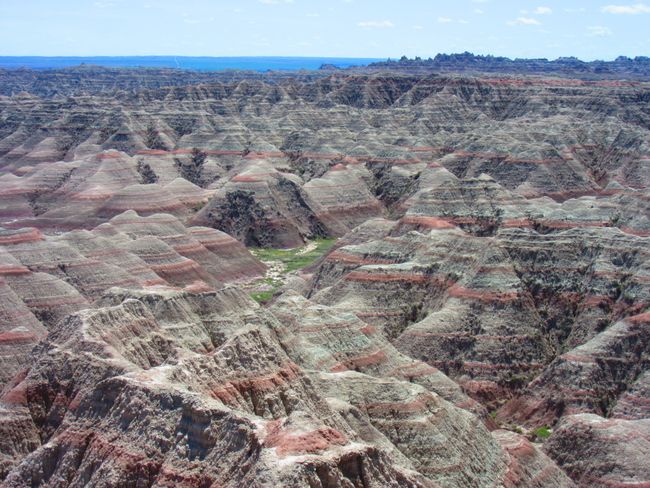
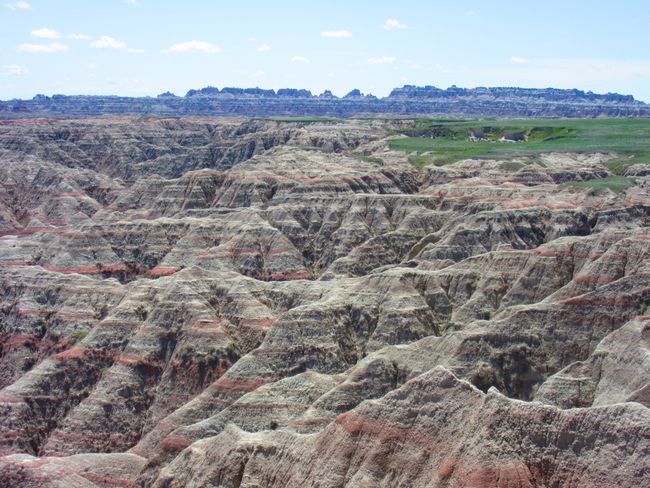
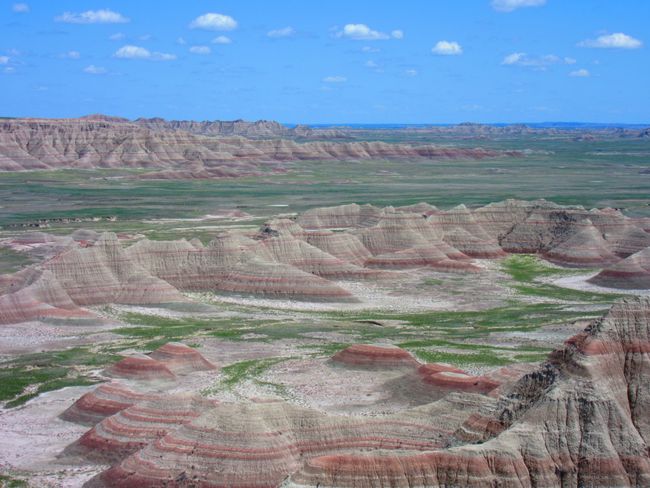
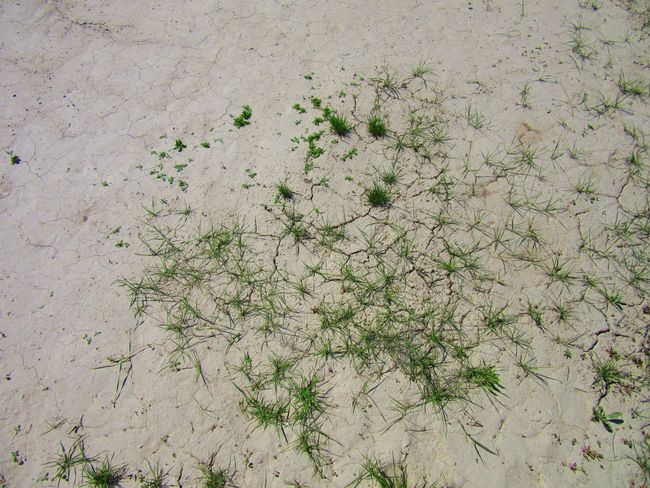
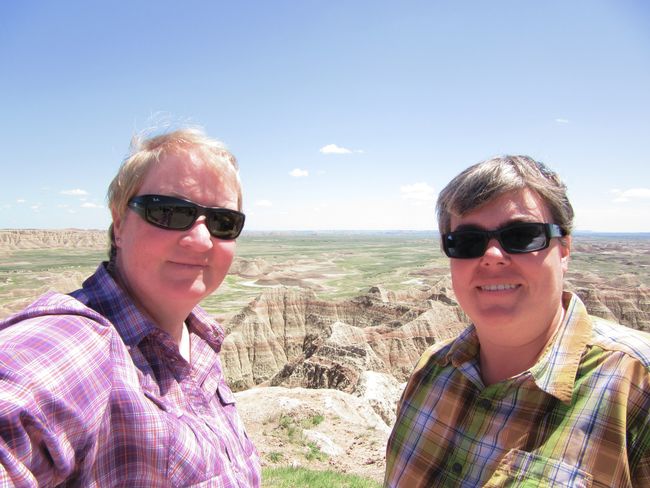
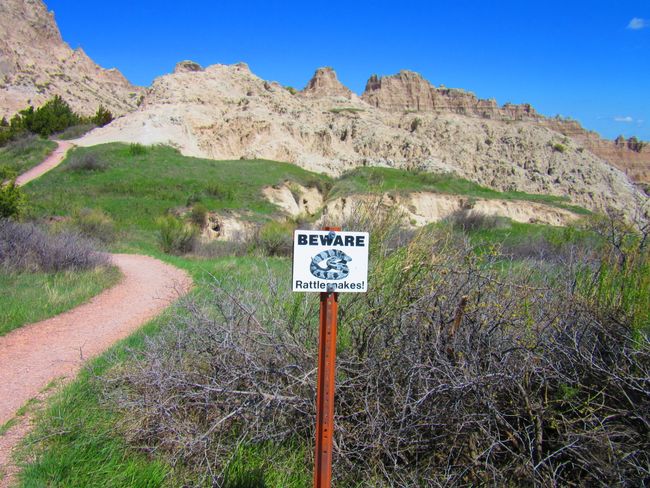
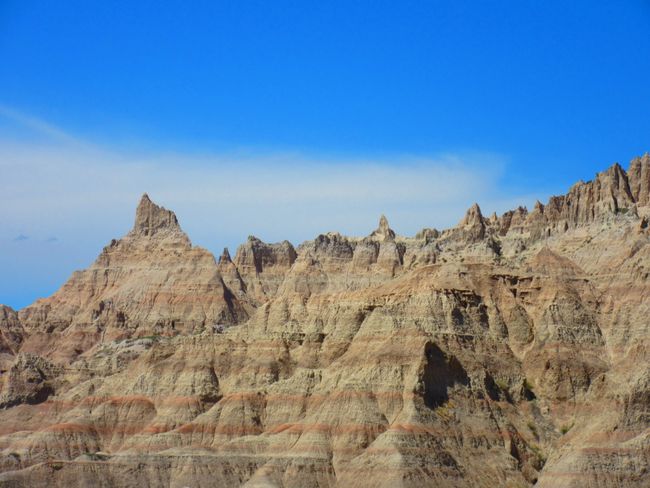
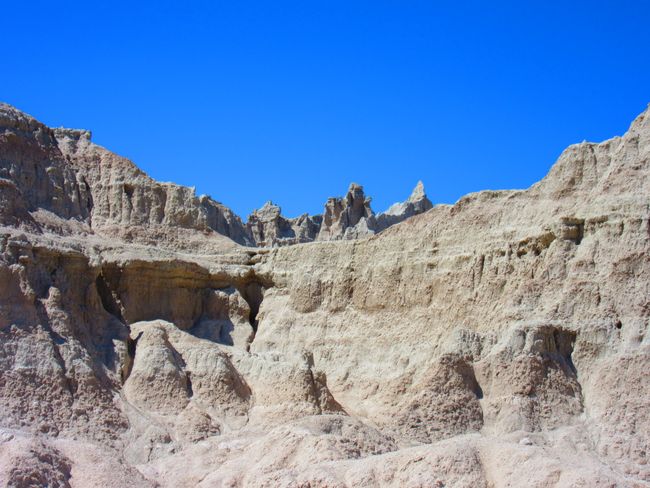
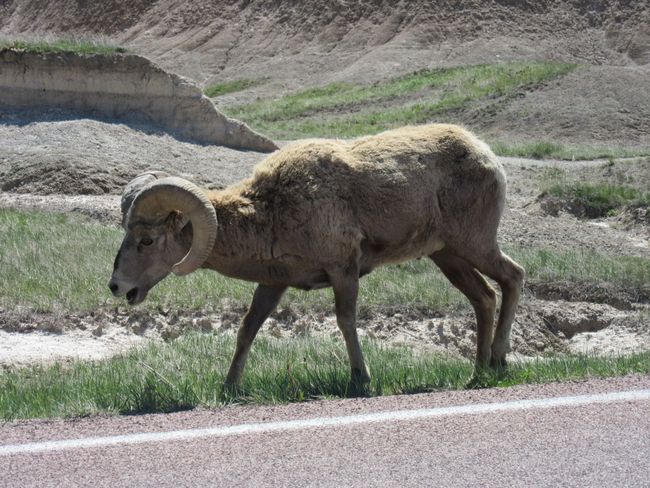
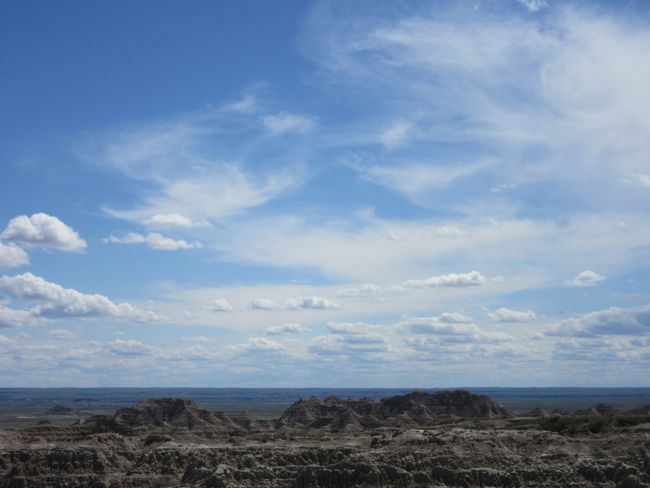
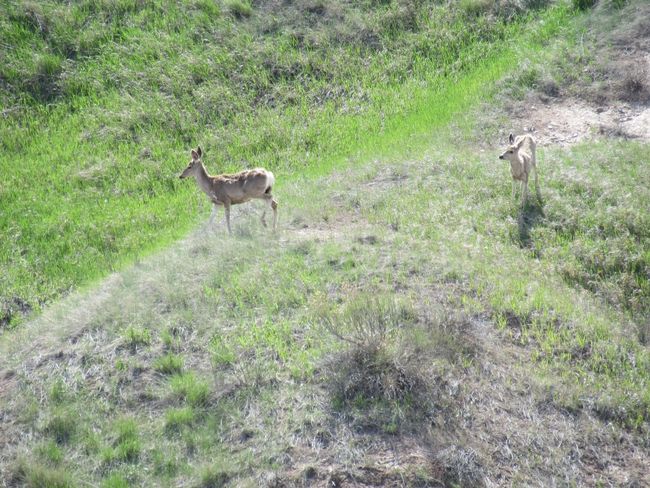
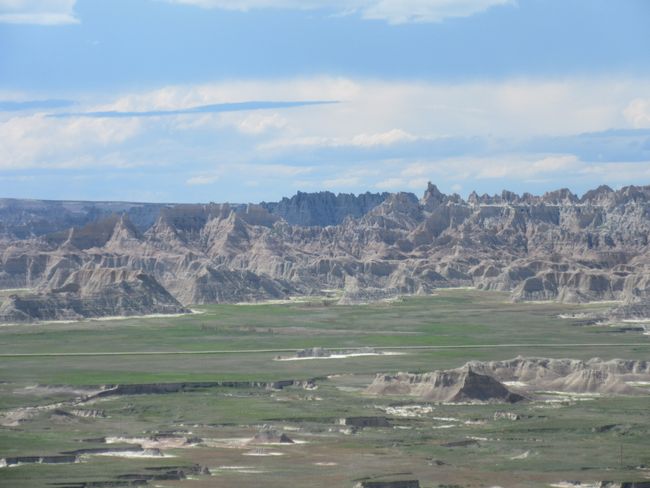
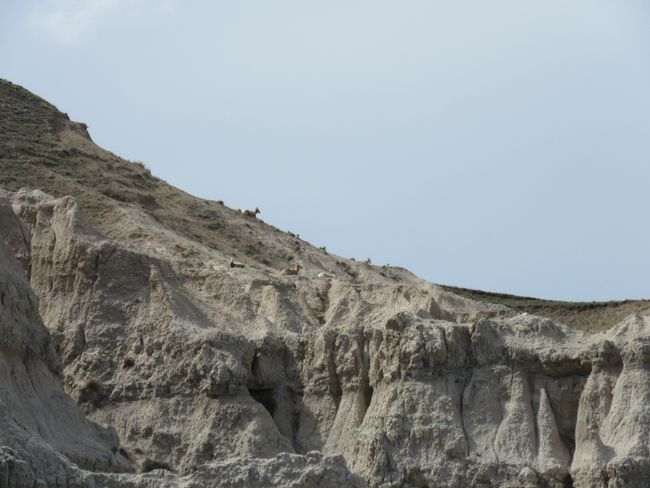
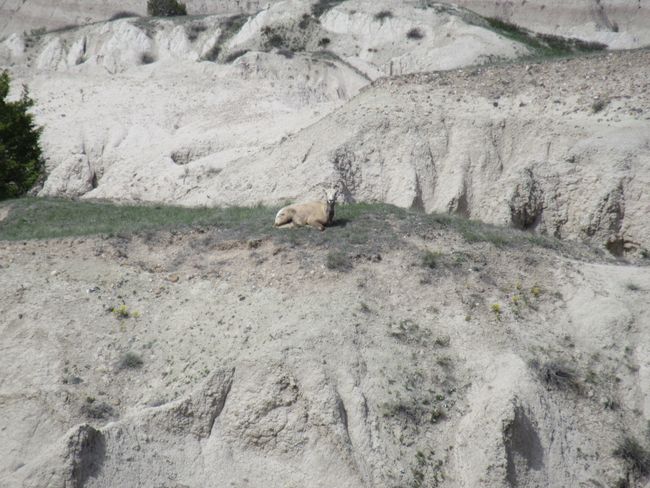
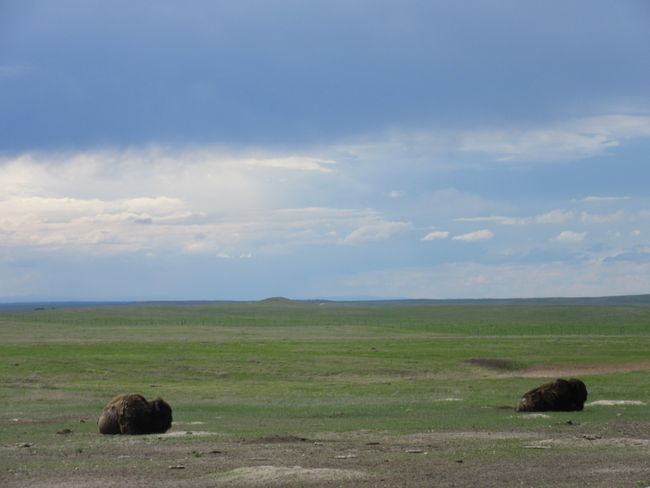
Subscribe to Newsletter
...but today it is a national park. You drive through grasslands, also protected parks, to get to Badlands Park. At first glance, it looks like a meadow to us. But once you have seen the film about how difficult it is to make a few blades of grass grow on the barren soil in the visitor center, you see the area in a different light.
The area was opened for settlement in 1900. Newspaper advertisements in the East brought settlers here. They often had no knowledge of agriculture or life in nature in general. Or they came from countries like Ireland with a lot of rain and completely different conditions for agriculture. Each family received 160 acres. An acre is roughly 4000 square meters. As we know today, that is enough pastureland for about 5 cows in the area. Without any additional animals like horses to support the field work. They had to endure for 5 years, then the marked land belonged to them. Only a few succeeded, they suffered from hunger and the cattle and crops on the barren, dry land perished. It was hot in the summer and storms raged in the winter. Horses and machinery were affordable for only a few, the soil was hard. The houses were dug into the ground, there was very little wood available.
We wouldn't want to trade places with these settlers for a day. But efforts are being made to preserve some of the settlement houses so that future generations can get an idea of how hard their ancestors' lives were.
Many settlers left again in the late 1930s. Not voluntarily. After years of overuse of the land and the switch to wheat cultivation, there were several years of drought. The prairie grass was destroyed, and the wind stirred up the soil. The farmers sat here and in other parts of the USA in the "Great Plains", in a huge dust bowl, and had to leave their land (the book about it is John Steinbeck's "The Grapes of Wrath"). Bitterly poor and disillusioned, they continued their lives as exploited migrant workers in California. All this happened less than 80 years ago.
The Native Americans once again have a completely different view of the land. There is no "bad land". The land is simply not suitable for agriculture and not productive in our sense. But it serves a different purpose. For example, being there and having peace, without being surrounded by many people and thinking about things. It is important to have such areas, without much settlement, without immediate financial benefit.
The Badlands may not be usable in the classic sense, but they are beautiful! And there are many animals. They survive there too, but there are only a few over a large area. Nature regulates that.
Today, there are few farms in the area with vast expanses of land. If you have 250 cattle, you can calculate for yourself how much land a farm must encompass.
Subscribe to Newsletter
Answer (1)
Regina
Schöne Bilder und toller Bericht